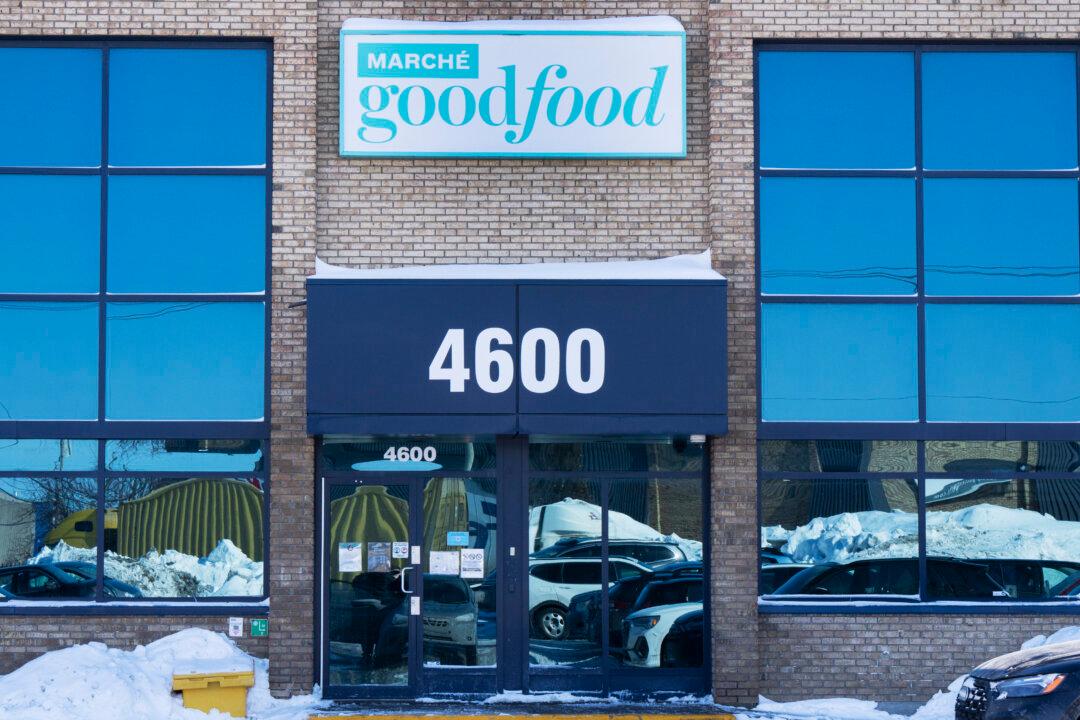The price of groceries has yet to stabilize despite assurances from Industry Minister François-Philippe Champagne that costs would go down shortly after Thanksgiving.
Mr. Champagne, who met with executives from Loblaws, Metro, Empire, Walmart, and Costco last September, promised a “plan by Thanksgiving” with grocery prices to “stabilize” shortly thereafter.





